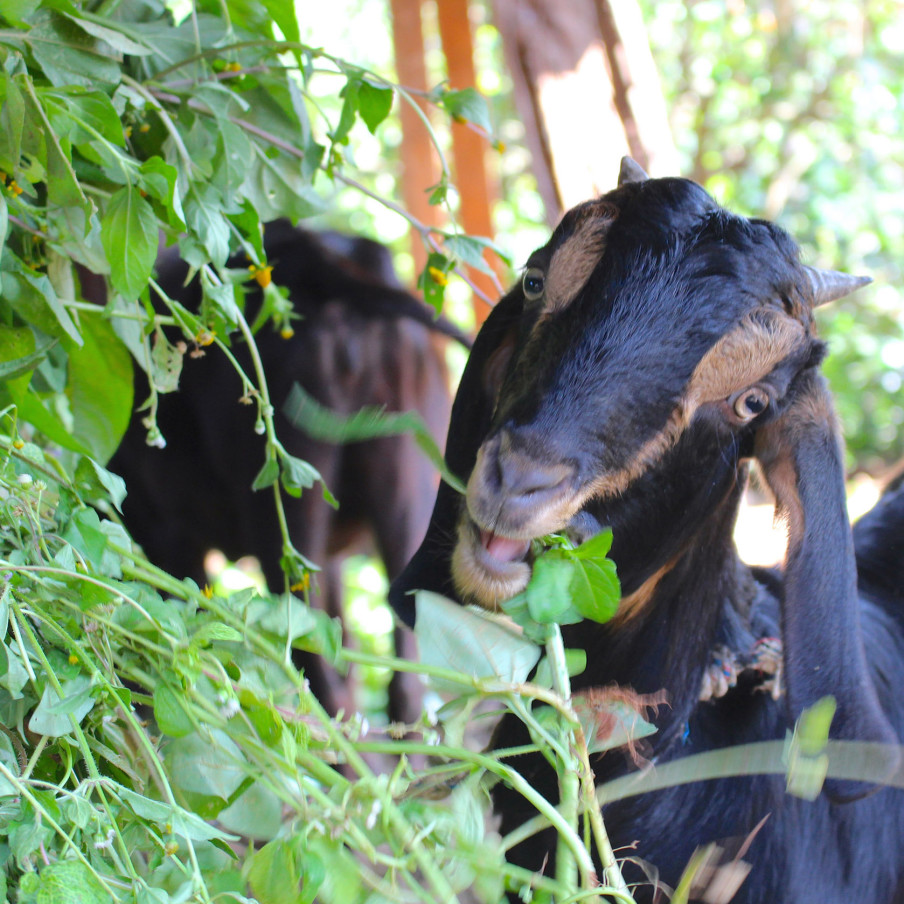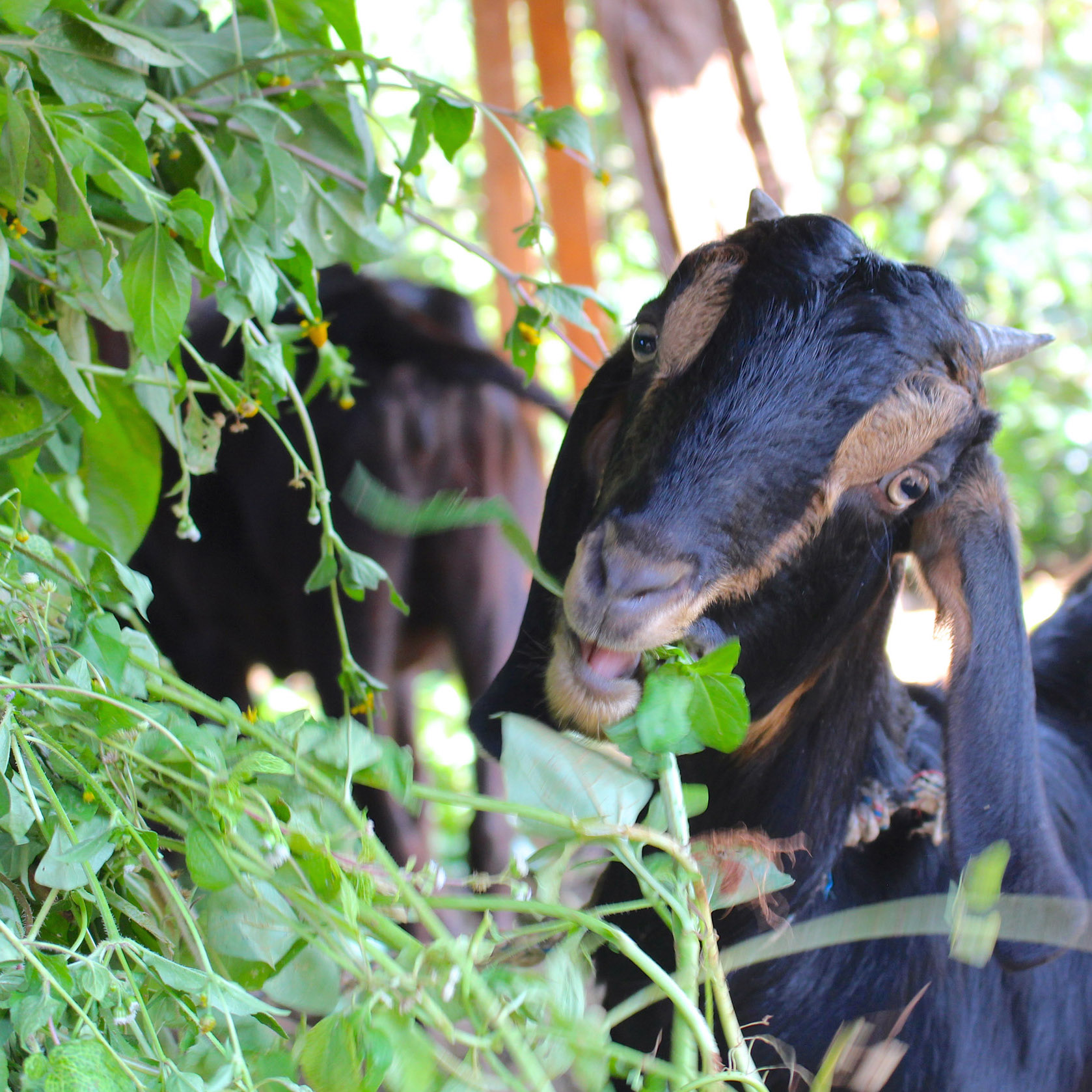 The remote HOPE Fund village in the Surkhet Valley of west Nepal is 4.5 hours from the nearest city. It is accessible only by crossing a river and climbing treacherous mountain roads, a hardship that isolates the community and stunts economic growth. Villagers there live on a less than $1 per day, with very few ways to grow their income. A small loan from the HOPE Fund provides a family with livestock or supplies to run their own small business. Breeding animals or doing small jobs like carpentry or tailoring can make all the difference for an impoverished family. With the help of micro-finance loans being repaid and redistributed, entire villages are escaping the cycle of poverty. Tulisara’s family has experienced just this affect.
The remote HOPE Fund village in the Surkhet Valley of west Nepal is 4.5 hours from the nearest city. It is accessible only by crossing a river and climbing treacherous mountain roads, a hardship that isolates the community and stunts economic growth. Villagers there live on a less than $1 per day, with very few ways to grow their income. A small loan from the HOPE Fund provides a family with livestock or supplies to run their own small business. Breeding animals or doing small jobs like carpentry or tailoring can make all the difference for an impoverished family. With the help of micro-finance loans being repaid and redistributed, entire villages are escaping the cycle of poverty. Tulisara’s family has experienced just this affect.
“My family had few options for making money before we got a HOPE Fund loan,” Tulisara shares. “We received several goats and started earning money selling the babies every six months. However, we needed money more consistently to provide for our family’s needs. So we sold all but two of the goats and bought a sewing machine. We opened a tailoring shop and now we are earning money every day. We are able to send all three of our children to school with the income from this loan. It has made all the difference for our family.”
As Tulisara’s story proves, a small amount in the U.S. goes a long way in Nepal. Starting small, Tulisara and her family built up their business until it was possible to exponentially increase their earnings, thus changing their lives exponentially. It’s easy to fund a micro-loan, but it has an incredible impact on the people it helps. If economic stimulus is the key to ending poverty, then micro-lending is a great way to start the fight.

